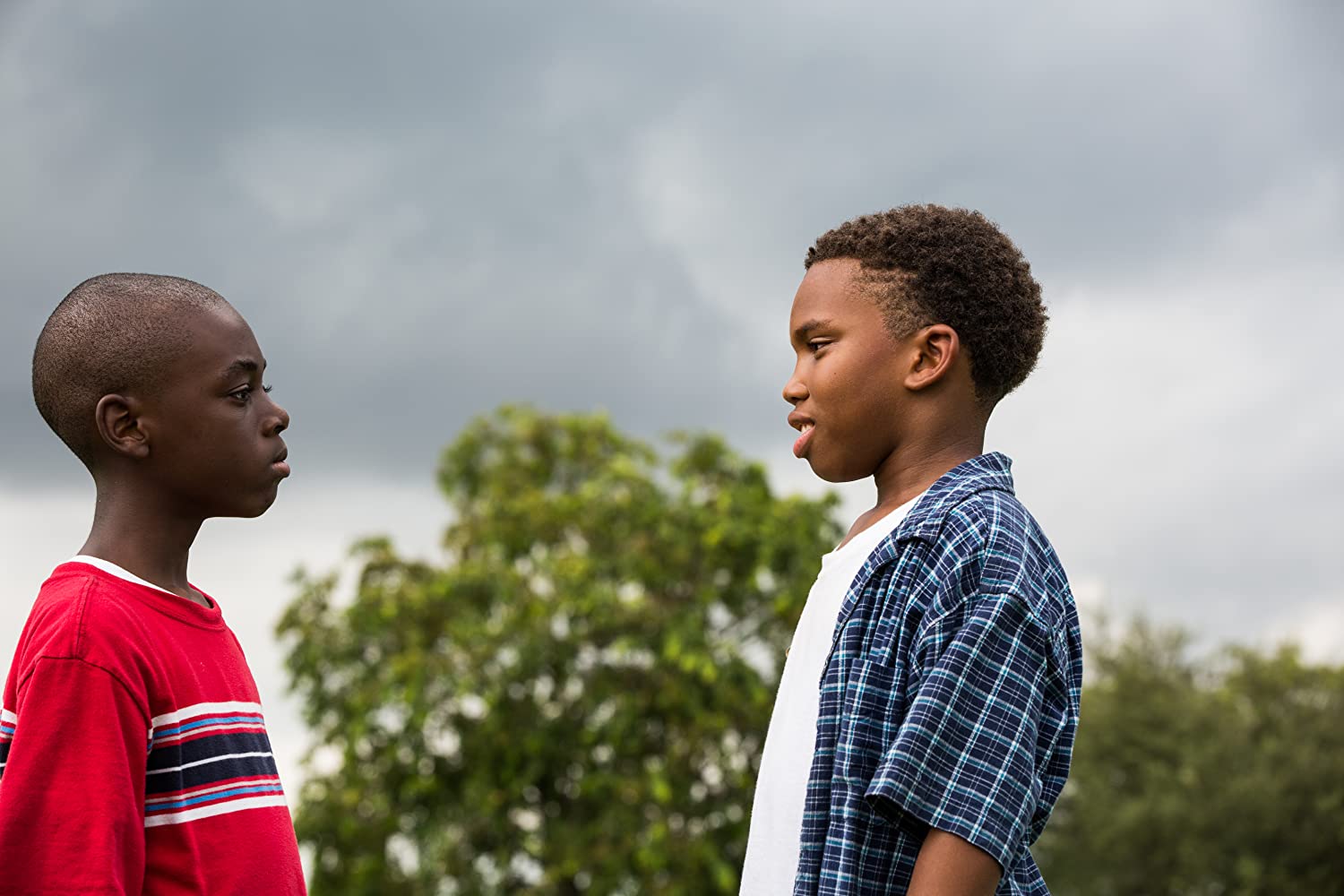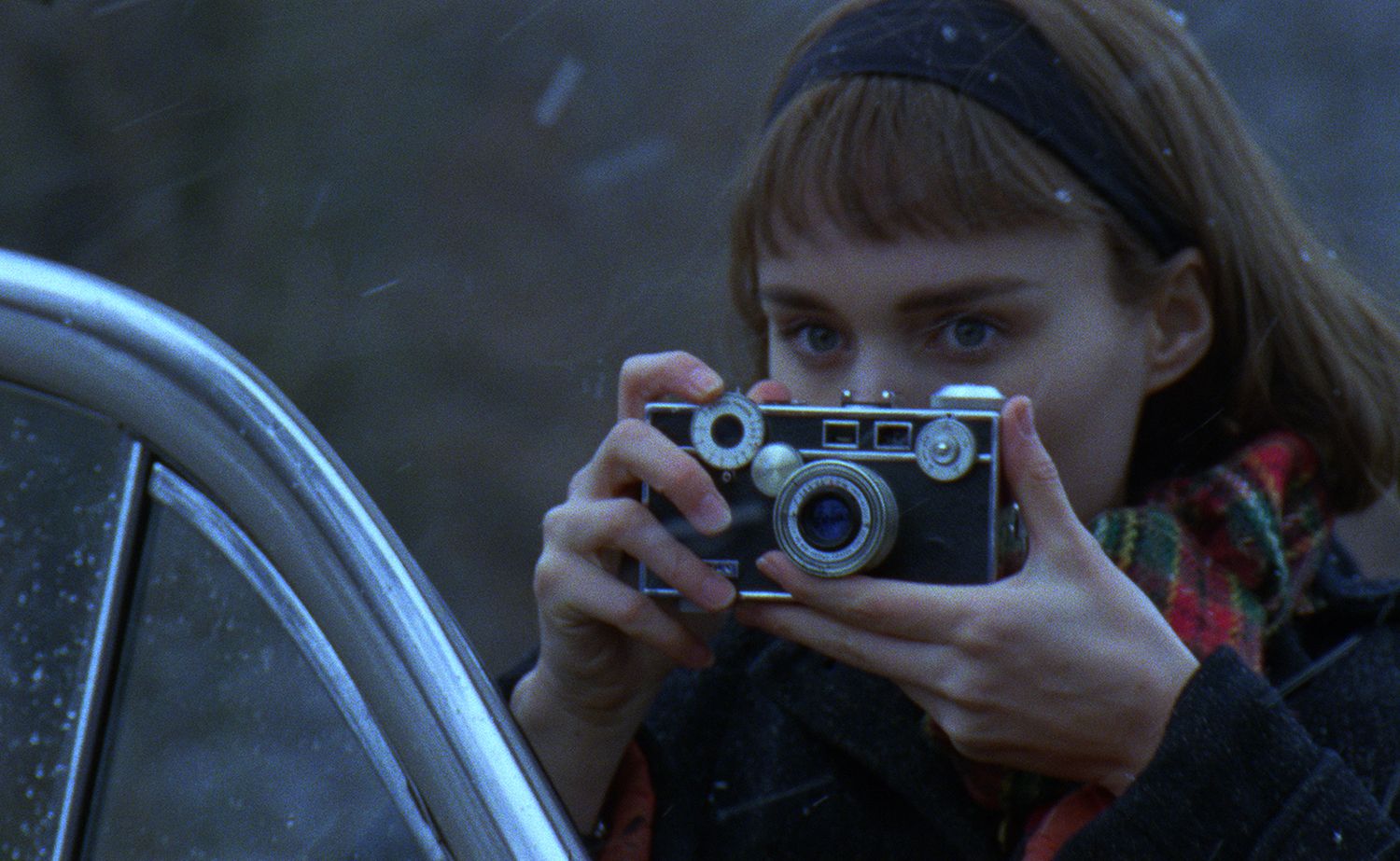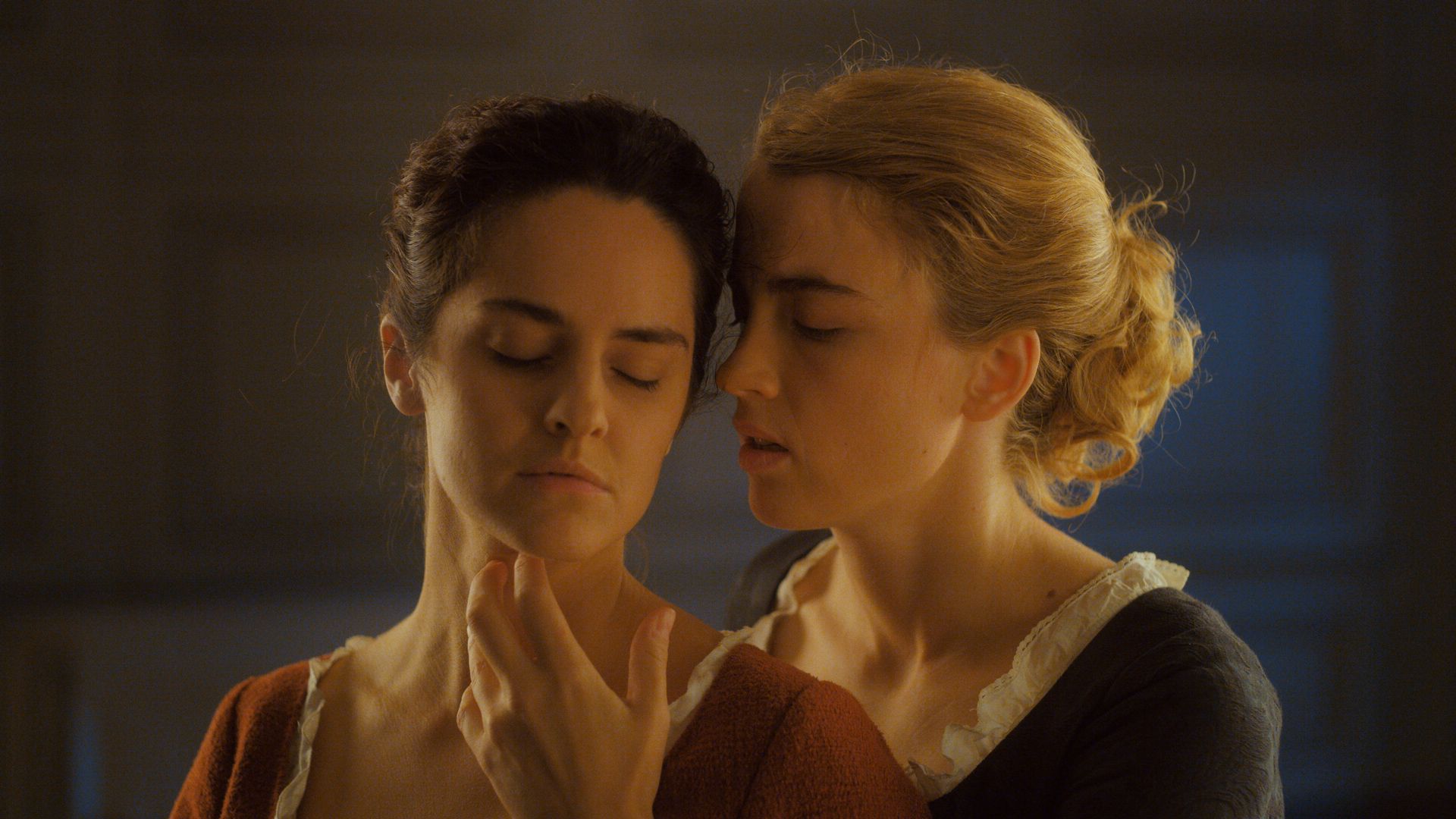By Epigram Film & TV
To celebrate Pride Month, here are our favourite examples of LGBT+ representation in film.
Moonlight (2016), dir. Barry Jenkins
Maddy Raven, Film & TV Editor
Moonlight makes my heart ache. It’s a window into a completely different world, and rather than foregrounding a relationship, it explores the way in which Chiron’s sexuality interacts with his culture and upbringing. The relationship between mother and son is incredibly important throughout: in this world, family is more than who you’re born to. Childhood nostalgia is corrupted by the violence of internalised homophobia and the bullying Chiron endures - this childhood nostalgia ends when Chiron’s father figure dies, leaving him with the reality of his mother’s addiction and his struggles with identity.
For Moonlight, love is more than physical displays of affection. It’s quiet companionship and honest human connection. Tranquil moments give way to a perfect soundtrack, letting us into Chiron’s world of muted observance. Both Chiron and Kevin are victims of the heteronormative society they live in, though they themselves act on instinct. It’s about instinct versus society, and I could watch it endlessly. Quite simply: it’s beautiful.

Carol (2015), dir. Todd Haynes
Katya Spiers, Digital Editor
Lavish fur coats, furtive exchanges, and dry martinis.
Set in 1950s New York, when “I like the hat,” was a subtle and sultry way to express interest in a sweet toy store assistant, Carol follows a romantic affair between the eponymous Carol (Cate Blanchett), a middle-aged divorcee, and Therese (Rooney Mara), an aspiring photographer trapped in an empty relationship with her trite and insensitive boyfriend.
Quiet but exhilarating, Carol makes your heart race for intimate moments the lovers are forced to share in the public sphere and the burden of their respective heterosexual relationships dominating their home lives. These moments are underpinned by Carol’s trialing divorce, which brings to light the prejudices faced by a member of the LGBT+ community in mid-century New York.

120 BPM (Beats per Minute) (2017), dir. Robin Campillo
Sam Vickers, Deputy Editor
At the centre of 120 Beats Per Minutes lies a painful dichotomy that depicts the 1990s AIDS crisis as both personal tragedy and a social epidemic. Confident in its presentation of sex, the film is a raw illustration of the conflict surrounding the disease, in a way that's reminiscent of Tony Kushner’s Pulitzer-winning Angels in America.
The film runs at nearly 150 minutes and yet it goes by at a remarkable pace; it is a linear narrative, fluidly intercut with flashbacks and archive footage. Watching the film, one cannot help but feel inspired – it opens with a meeting of the Act-Up Paris activists and the subtitled, rapid French dialogue instantly establishes the urgency and fury of this film.

A Portrait of a Lady on Fire (2019), dir. Céline Sciamma
Layla Nathan, Sub-Editor
In A Portrait of a Lady on Fire, French writer and director Céline Sciamma creates a moving masterpiece of impossible love. Set in the late 1800's, Marianne (Noémie Merlant) is hired to paint a wedding portrait of Héloïse (Adèle Haenel) on a remote island off the coast of Brittany.
This romance is beautiful to watch, with cinematography so striking it evokes the feel of a painting. I love this movie because it is beautifully centered on women, their lives, their sisterhood and motherhood, their art and their love.

Featured: IMDb / David Bornfriend, IMDb / IMDb / Celine Nieszawer, Curzon
Which of our 'Editor's Picks' is your favourite?









